Blogs Details
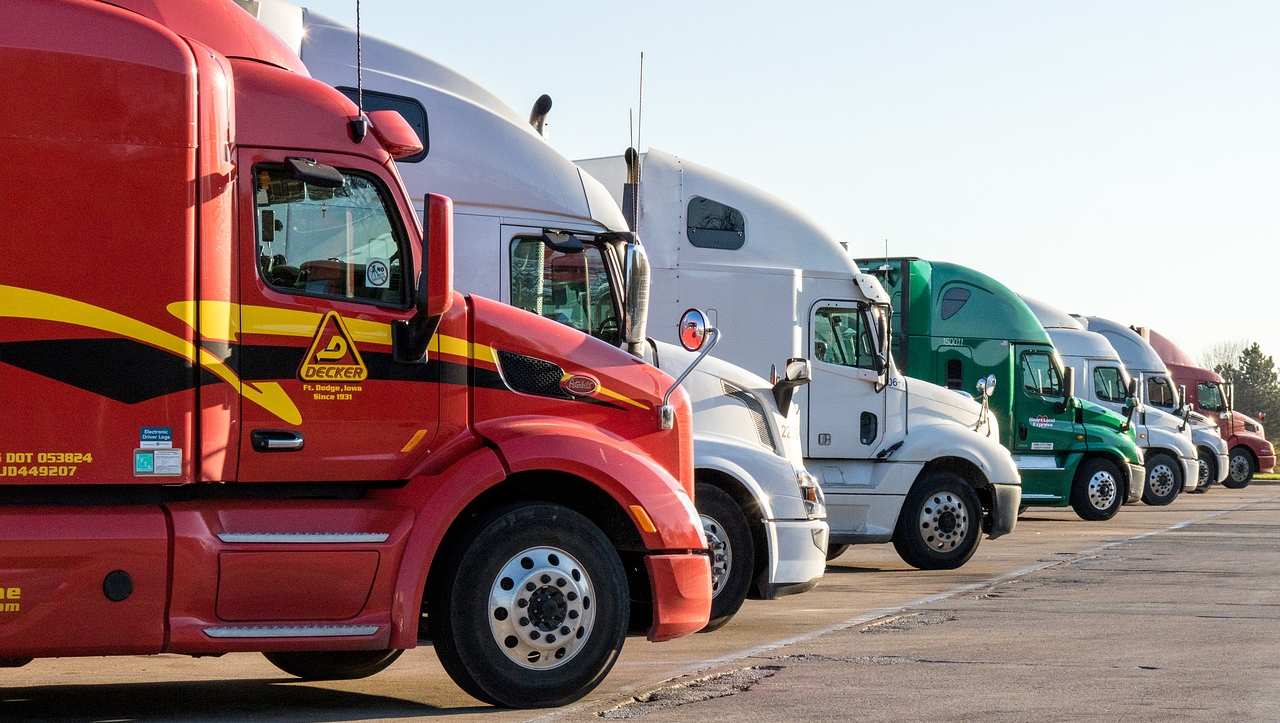
Balanced Truck Parking Regulations
06-05-2023 | | 0 Comments
Truckers struggle to find parking spots for their big rigs nearly every day. Finding a place to park at night can take up to an hour. A nationwide shortage of designated truck parking has plagued the U.S. for decades, and many free spots at rest stops and pre-pay lots are full by 4 p.m. or 5 p.m. The shortages and outdated local parking regulations can leave truckers in a bind with few legal parking options as recourse. The American Transportation Research Institute reported, "[T]he parking shortage effectively reduces an individual driver's productivity by 9,300 revenue-earning miles a year, which equates to lost wages of $4,600 annual" https://truckingresearh.org/2016/12/13/atri-truck-parking-case-study.
When left with few choices, drivers will try to park on shoulders, on and off ramps, vacant lots, strip malls, or residential streets. When they get home, many like to park their rigs in their driveway, on their property, or nearby. Some cities and states don't allow big rig parking within city limits in the evening.
Truck Mileage Upsurge
It is no mystery that truck travel is growing exponentially. "In 2019, tractor-trailer combinations carried nearly three-quarters of the Nation's freight by weight and 80 percent by value and traveled more than 175.3 billion miles on our Nation's roadways," The American Trucking Associations said https://www.trucking.org/economics-and-industry-data. Between 2017 and 2030, the Federal Highway Administration anticipates a 1.5 percent average annual growth in combination truck miles https://www.fhwa.dot.gov/policyinformation/tables/vmt/vmt_forecast_sum.pdf.
Jason's Law
Jason's Law was enacted by Congress in 2012 as part of The Moving Ahead for Progress in the 21st Century Act or MAP-21. This law gathers information on the long-term parking conditions on the National Highway System. Its goal is to educate the country and draw awareness to the plight of the truck parking issues confronting the U.S. The U.S. Department of Transportation conducts an annual survey to gather the information. The last survey was conducted in 2019 and released in 2020. All new dates have yet to be selected for the following study.
Overlapping Jurisdictions
Federal trucking laws govern interstate commerce while state trucking laws manage intrastate commerce. One would think federal laws should trump state laws, but that is different from how it works. There are roads controlled by federal Law only and others by separate states. Additionally, sometimes the laws overlap one another. Then there are also roads under the jurisdiction of counties and cities. Local bans on truck parking can be some of the most complicated laws for truckers, especially when they don't know their area. Enforcement of truck parking regulations can significantly vary and be difficult to anticipate. What is okay in one place probably won't be in another.
Federal Regulations
The Federal Motor Carrier Safety Administration (FMSCA) regulates truck drivers. Federal Hours of Service are limited to 10 hours of mandatory rest after 14 hours on duty, and 30-minute breaks are required at regular intervals. Sometimes, the clock runs out before the truck driver has a place to park. That's when the use of unacceptable alternatives may arise.
Parking on shoulders is only legal under emergencies. Federal regulation 49 CFR 392.22 explains the acceptable conditions:
- The truck driver may turn on the hazard lights.
- Hazard lights must remain on until a warning device is on the road.
- A driver must place warning devices within 10 minutes of parking on the highway shoulder.
- Acceptable warning devices include flares, reflective triangles, fuses, and red flags.
- A warning device must be placed only four paces away on the truck's side and in the direction of on-coming traffic.
- Truck drivers must place warning devices about 40 paces in either direction of traffic. If a truck driver stops near a curve or hill, they are required to put up a warning signal 100 feet to 500 feet in the direction of the obstacle.
- Flame warning devices shouldn't be used near gasoline or other combustible materials.
State Regulations
Many states have rest stops, welcome centers, and state-run truck-only parking locations. Rest areas are often near state highways and expressways. Each state has rules governing trash, camping, overnight parking, designated parking areas, open fires, trading on the premises, pets, livestock, and the dumping of holding tanks. Truck drivers should check with each state for the rules pertaining to these areas. Short-haulers also have an exception in federal Law if they never leave state lines, and state agencies usually regulate them.
TruckerTools.com says the states with the most rigid trucking laws include: California (Emissions), Michigan (Lane Restrictions), and Colorado (Chain Laws). Additionally, Washington, Maine, and Pennsylvania have tough tarping rules. It is advisable to study up on these states before traveling there https://www.truckertools.com/states-with-the-toughest-trucking-laws-every-driver-and-fleet-owner-should-know/. Hefty penalties can result from violating state laws—mainly if they cause an accident. FMCSA has a list of regulations by state. Fleet owners and drivers are expected to know the rules. Ignorance is not considered an excuse in some states.
The Private Sector and Residential Zoning Rules
Federal and state laws govern private-sector companies that operate trucking terminals or drop yards. They offer acceptable places for tractor-trailers to park overnight and must abide by federal, state, county, and city laws. Parking at these facilities is usually established ahead of time or on demand. If there is a fee, it will depend on the truck stop facility. Constructing and operating these faculties can be hot lucrative businesses, but it is also fraught with costs.
Additionally, large trucking carriers have company facilities for their drivers to park along well-traveled routes. However, independent owner-operators may need a place to park off-duty and may prefer to park at home. Residential zoning ordinances may ban truck parking on local streets; fines could be up to $1000 a day.
City leaders and trucking companies could collaborate on ways to improve land use and zoning policies to accommodate drivers and meet community needs. Municipalities can be part of the solution to the trucking shortage in their locale. The 2022 Truck Parking Development Handbook has a few recommendations to help both groups rebalance priorities; it states, "As freight activity and the vehicles that move goods and facilitate services have increased throughout the country, some communities have pushed back. Some cities have forced freight-intensive land uses (warehousing, manufacturing, distribution centers, etc.) to move away from urban population centers in response to citizen complaints about noise and traffic. Pushing truck parking areas further into the suburbs or banning truck parking altogether can lead to additional truck traffic issues, reducing economic competitiveness and compromising the time-definite delivery needs of many businesses. By definition, freight-intensive land uses to generate demand for freight movement, often requiring truck activity even when other modes are also used. Appropriate planning and policy can alleviate most community concerns and provide sound, proactive land use strategies."
Investing in conversations about truck parking regulations is time well spent. The handbook is an important tool that helps move progress on the issues. City planners and trucking leaders will find many statistics, case studies, and questions when considering community land uses and zoning laws. Federal and state agencies have come together to make a comprehensive picture of trucking industry problems easier to understand and utilize.
Suggestions to Balance Priorities
- Parking spaces for truck staging could be an option-based system for loading docks, building square footage, and a certain number of employees.
- Determine a standard of quality for truck parking—minimum size of parking based on the largest vehicle allowed to park. Ensure maneuvering room for trucks to avoid traffic congestion.
- Develop infrastructure standards pertaining to paving, grading, drainage, and lighting in the loading area. Designate parking spaces for truck parking only and not for storage.
- Allow exceptions to parking requirements. Allow drivers to apply for a permit to park on their property or close to home. Allow underutilized land to be used in the evening for truck parking.
Well-designed, transparent, and fair truck parking regulations would help remedy the situation for truckers and municipalities. Reasonable parking regulations protect cities and citizens and support the local economy. Additionally, updated parking regulations allowing truck parking in urban and residential areas may reduce individual drivers' stress, improve safety, and prevent hefty financial losses due to fines. Collaboration between trucking industry officials, government leaders, and citizens is crucial to updating truck parking regulations for a more prosperous future. The Truck Parking Development Handbook states further, "Through proper planning and appropriate land use policies truck parking can be in harmony with community livability goals."
If the post interests you and you wish to read more, please comment below or email address. Feedback helps us to create services and content that meet the needs of our clientele. Go to our home page to view our many services. We can't wait to exceed your expectations!
Leave a Comment
About Me
Recent Posts
-
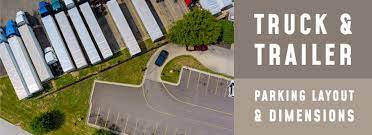
-
Tractor Trailer Truck Parking Lot Layout Dimensions
-
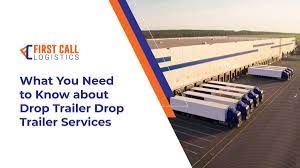
-
Drop Trailer Program - What You Need to Know
-
.jpeg)
-
Drop Trailers – Everything You Need to Know
-
.jpeg)
-
Drop and Hook Trucking - How Does It Work
-
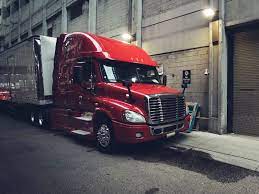
-
Where Can I Park My Semi-Truck Overnight
-
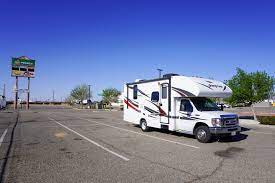
-
Truck Overnight Parking: Guide, Locations, And Services
-
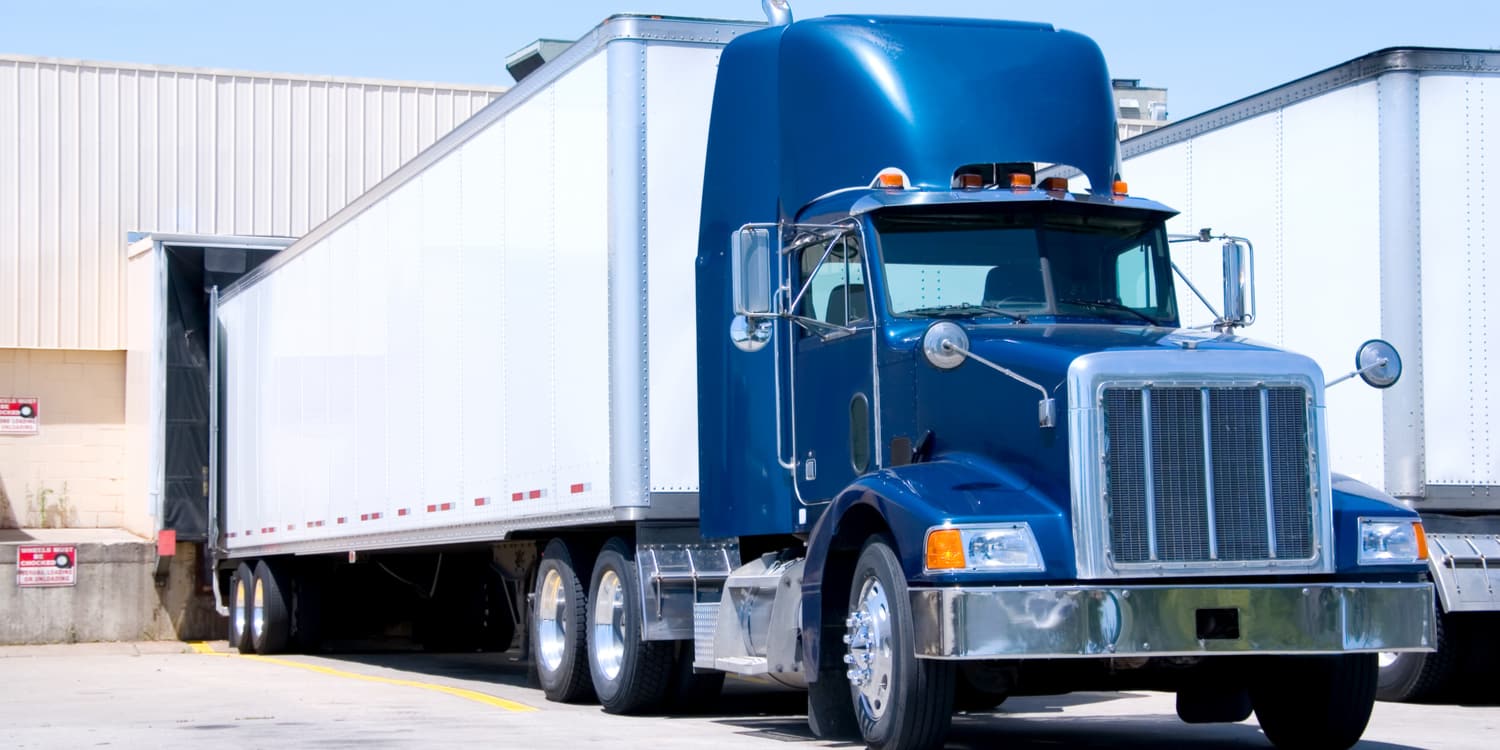
-
Truck Driver and Industry Challenges 2023
-
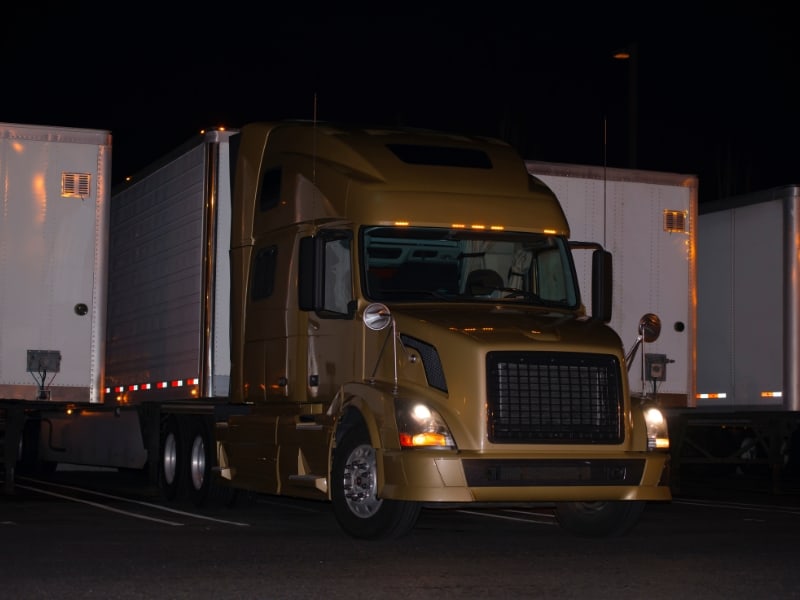
-
Top Factors Driving Truck Parking Demand
-

-
Truck Parking Benefits Communities
-

-
How Much Does It Cost to Park a Semi-Truck
Comments
No comment found.